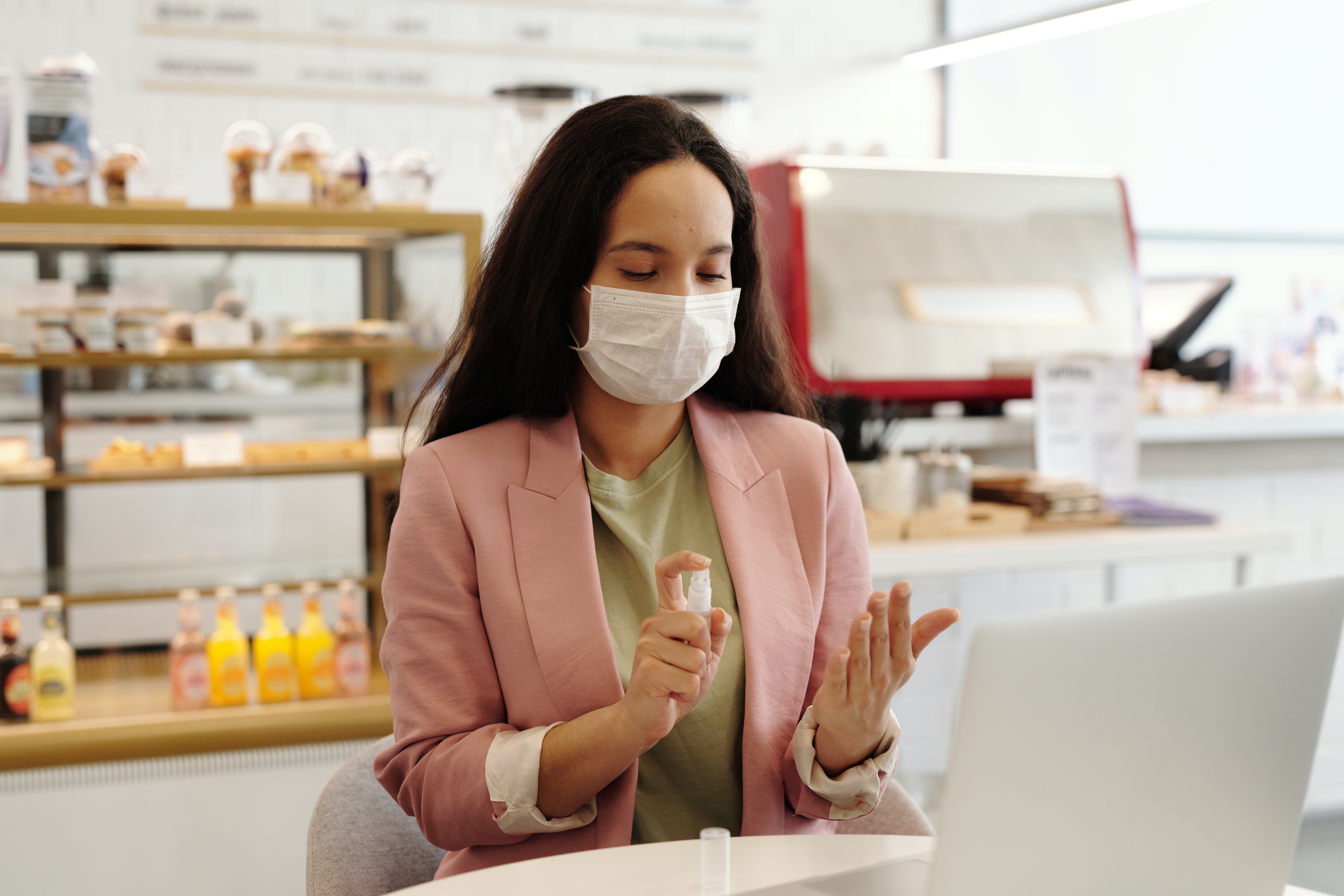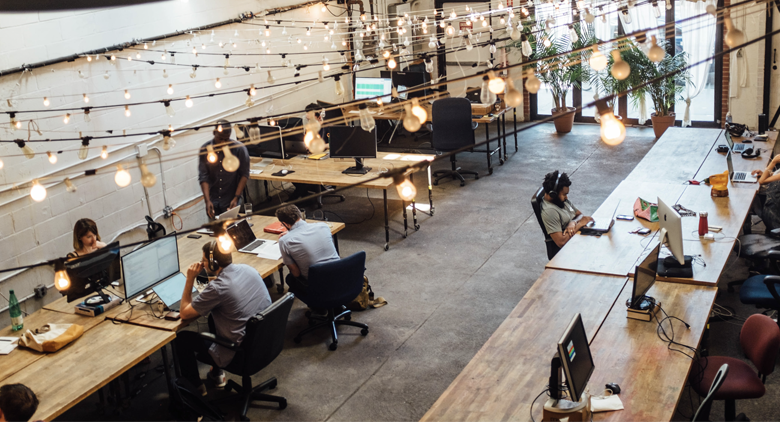
The Workplace Post-COVID: What Has Changed?

As the number of COVID-19 cases in the U.S. continues to decline, companies are starting to consider reopening their offices. In fact, the Conference Board’s recent survey found that 39 percent of companies are planning on returning to the office by the first quarter of 2021.
However, 35 percent of companies still don’t know when they’ll reopen. According to Namely’s recent survey, the top 3 concerns that HR professionals had in regards to returning to the office were employee safety, preventing a second COVID-19 peak, and encouraging employees to feel safe.
From social distancing to wearing face masks, it’s not surprising that some companies are reluctant to embrace the new typical day in the office. So what exactly can we expect offices to look like once they reopen and beyond?
Here’s how the COVID-19 pandemic has changed the daily workplace:
Rearranged Office Layout
To maintain social distancing within the workplace, companies are altering their office layouts. Namely’s recent survey found that 40.4 percent of companies are planning to change the seating or desk arrangements in their offices. To direct walking traffic around the office, companies are putting arrows on the floor and separating entrances from exits. Once offices are reopened, companies plan on limiting the usage of common spaces, like kitchens and lounges.
From Bagel Mondays to fully-stocked pantries, companies have also put certain workplace perks on hold. To eliminate these communal perks, some companies are providing employees with pre-packaged snacks, bottled waters, and individual coffees.
Increased Safety Equipment
In addition to changing office layouts, companies are investing in safety equipment. From face masks to sanitation devices and thermometers, 82 percent of companies are purchasing new equipment for their offices. Namely’s recent survey found that 14.8 percent of companies are adding sneeze guards, germ guards, or partitions to employees’ desks.
Alternating and Flexible Work Schedules
To limit the number of employees in the office, some companies are creating rotating work schedules. Whether it’s asking your employees to come into work every other day or assigning them 2 days a week in office, alternating schedules will help them maintain social distancing in the office.
As an employer, it’s crucial to understand that some of your employees may not be comfortable coming into work yet—even after you reopen your office. Whether it’s because they’re immunocompromised or live with someone who is, are balancing working with childcare, or just don’t feel comfortable commuting via public transportation, be flexible and accommodating if your employees ask to continue working from home.
New Office Policies
To keep employees safe and healthy, companies are enforcing new office rules. According to the Conference Board’s recent survey, 80 percent of companies plan on enforcing social distancing workplace policies. Whether it’s reducing the size and frequency of in-person meetings or utilizing teleconferencing tools in the office, these policies will help employees keep a social distance from one another.
As for other COVID-19 precautionary measures, 67 percent of companies are requiring employees to be screened, tested, or temperature checked everyday before entering the office. Many companies are requiring employees to wear face masks and take daily COVID-19 surveys, which will note whether they’ve experienced any symptoms recently or interacted with anyone who has the virus.
Contact Tracing Strategies
In the case that an employee tests positive for COVID-19, you can help prevent the virus from spreading further by creating a contact tracing policy.
Contact tracing is a disease control strategy that investigates cases and identifies who else may have been exposed to a disease. As an employer, you can create a contact tracing policy stating that infected employees will be asked to self-quarantine immediately and give a list of people they have had contact with at work.
Although experts believe that contact tracing is the key to reopening the economy safely, you must be aware of the compliance risks and requirements involved. Revealing the identity of an employee who has contracted COVID-19 violates the confidentiality requirements under laws, like the Americans with Disabilities Act (ADA). Since medical information is sensitive data, you must maintain confidentiality and store the infected employee’s information in a secure database—even once they return to work.
Still have some unanswered questions about reopening your office? Check out our blog post, Returning To Work After COVID-19: Answers to Your Burning Questions.

See how Namely's flexible solution will help you streamline your HR processes by having your people, payroll, and benefits info all in on place.
Get a demoYou May Also Like
Get the latest news from Namely about HR, Payroll, and Benefits.
Thanks for subscribing!


Get the latest news from Namely about HR, Payroll, and Benefits.
Thanks for subscribing!



